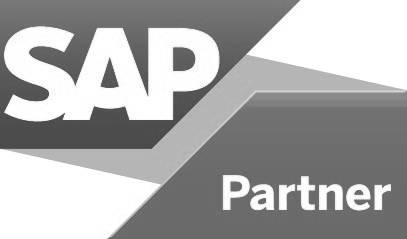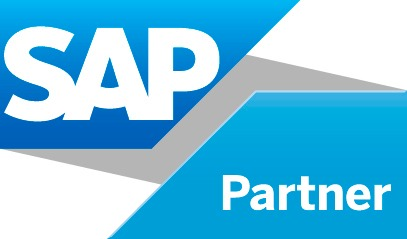Currently, SAP’s sustained investment and wide usage by larger enterprises concerning implementations have also helped to make the SAP offerings attractive to SMEs. They are finding it cost-effective and lower-risk in deploying S/4HANA to align with their futuristic digital strategies.
Here we will highlight a few implementations, strengths, and weaknesses encountered by industry-leading SAP implementers.
Digital Enabler – Migration to S/4HANA As legacy ERP systems and CRM, applications are poorly maintained and hence cannot be suited for innovation in this digital age. Migrating to S/4HANA generates huge value towards IT investment and contributes to the organization’s digital strategy. As per business requirements, digital vision can be achieved with good funding with less delivery risk.
Simplifying the Financials Initially, we need to target the organization’s financial processes and technology which acts as a backbone. This helps as a learning curve for business and IT teams while delivering projects like Agile, etc. Below are a few important pathways:
- Centralizing ERP finance like general ledger, accounts receivables, accounts payables, etc. to S/4 with central finance.
- Utilizing the SAP best practices to minimize the inefficiency and remove costly legacy customizations. This reduces the maintenance and support requirements.
- Consolidating the applications in the finance and accounting departments like cash management, liquidity, forecasting, etc.
- Establishing a solid API strategy and implementing the best suites for enterprise process and data integration
- Solidifying data management and streamlining cross-solution processing, enhancing facility, reporting, and analytics.
- Introducing Hadoop and Spark so that financial data can be combined innovatively to support analytics, AI, and machine learning.
- Investigating functional domains like recruitment, payroll, workforce management, etc.
- Executing projects by utilizing the SAP offerings like SuccessFactors, Fieldglass, and Salesforce.
- Integrating cloud solutions into your local environment utilizing the API framework.
- Process improvement using Lean, Six Sigma, etc. and simplifying ways of working, minimizing the number of performers across the transaction lifecycle.
- Automating the business processes that have lesser benefits RPA solutions.
- Ensuring process quality and finding opportunities to minimize the friction points.
- Adopting S/4HANA-Based ERP
- Identifying the best industry solutions that suit the organization’s business model for current and future requirements.
- Determining important solution gaps in areas such as risk management.
- Utilizing the API framework, build & deploy, and integrate applications to close critical gaps.
Conclusion The above steps help to bring any enterprise to quicken innovation. Such innovative new applications enable the organization to differentiate products and services in competitive markets.
Some organizations may follow a linear process before proceeding to the next stage and some may choose to build depth in key domains in specific strategic areas. By partnering with experts like SEAL Infotech, having a core understanding of various industries can help organizations maximize the ROI in digitization and delivering on the promise using SAP S/4HANA.
Get more information about SEAL Infotech’s SAP S/4HANA Services either by calling us at +971-4-3670377 or mail to info@sealinfotech.ae.
- Tags:
- sap s4 hana






































































































































































